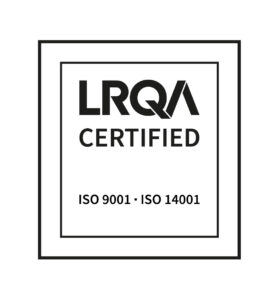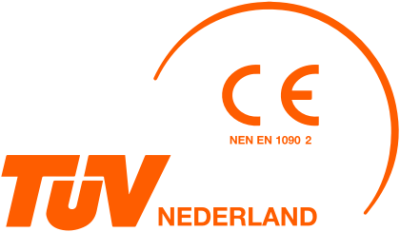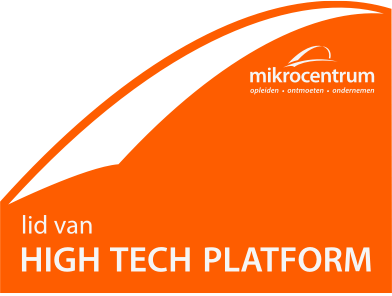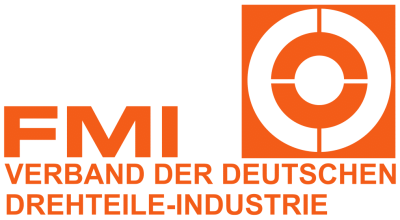Application of plastic in the food industry
Plastic is available in all shapes and sizes and is suitable as a basic material for fast machines with light products. Plastics have excellent technical properties, such as chemical resistance, strength and wear resistance. But how is the use of plastics within the food industry? We will tell you more about that!
Hygiene and safety: challenges in the production process
 Whether it is meat, fish, bread or sweets, most of our food is nowadays produced or packaged using industrial machines. The high production volumes must not be at the expense of safety. That is why operators want to increase the useful life of their production facilities and shorten the maintenance times. This enables designers to turn the challenge to develop efficient systems that are reliable under high load. Regulations in the field of hygiene and safety are important here.
Whether it is meat, fish, bread or sweets, most of our food is nowadays produced or packaged using industrial machines. The high production volumes must not be at the expense of safety. That is why operators want to increase the useful life of their production facilities and shorten the maintenance times. This enables designers to turn the challenge to develop efficient systems that are reliable under high load. Regulations in the field of hygiene and safety are important here.
During production, for example in a food packaging line, plastic parts (directly or indirectly) can come into contact with food. In recent years, this has been checked more and more tightly. When you supply plastic products that come into contact with foodstuffs, not only the material should be suitable for this, but also the production method. This concerns the so-called GMP (Good Manufacturing Practice) and is described in the European Directive EC 2023/2006.
Production according to the European guideline
By using parts that have been produced according to the European directive 1935/2004 or FDA you are assured of quality and safety. Within the European community it is mandatory to supply plastic parts that come into contact with food products with a Declaration of Conformity according to EC 1935/2004. If the parts are delivered to the US, for example, the relevant parts will have to comply with the regulations in accordance with the FDA. At Betech, the customer receives a declaration of conformity according to the European directive 1935/2004 or a material declaration from the supplier that meets the requirements set by the FDA. With this certificate the customer can demonstrate that the material has been produced according to the rules when requested. Commonly used ‘Food Grade’ plastics are HMPE, POM, PTFE, PVDF, PEEK and PMMA.
Points of attention within the food industry
Be cautious that the food grade components are regularly checked so that there is always high-quality and high-quality use of materials, especially within the food industry. A number of other points of interest are:
- Pay attention to the type of plastic that is used in your production process. Not all plastics are resistant to chemicals used in factories. For example, when using plastics in production machines, substances contained in the plastic can migrate to the food.
- Before you enter into a collaboration with a plastic producer such as Betech, mention that the product will come into direct contact with food (directly or indirectly).
- Plastics in striking colors make it more visible when a piece of plastic, for example, crumbles and can come into contact with food. The color blue is often used because it is a non-natural color and therefore quickly stands out in foods. In addition, it is possible for a number of plastics to obtain these as a detectable plastic. Metal crumbled particles can be detected in a food or packaging line by means of a metal detector.
- Involve Betech early in product development to save costs in material use.
Betech goes for Food Grade
Betech offers a wide range of plastic semi-finished products for the food industry. Ranging from standard plastic sheets and rods to customized machined plastics. All our products for the food industry are suitable according to EC 1935/2004 and (FDA) and are produced according to EC guideline 2023/2006. Betech’s plastic experts are always involved in the production process and can advise you on product development or plastic use. Contact us for more information!





 Whether it is meat, fish, bread or sweets, most of our food is nowadays produced or packaged using industrial machines. The high production volumes must not be at the expense of safety. That is why operators want to increase the useful life of their production facilities and shorten the maintenance times. This enables designers to turn the challenge to develop efficient systems that are reliable under high load. Regulations in the field of hygiene and safety are important here.
Whether it is meat, fish, bread or sweets, most of our food is nowadays produced or packaged using industrial machines. The high production volumes must not be at the expense of safety. That is why operators want to increase the useful life of their production facilities and shorten the maintenance times. This enables designers to turn the challenge to develop efficient systems that are reliable under high load. Regulations in the field of hygiene and safety are important here.



